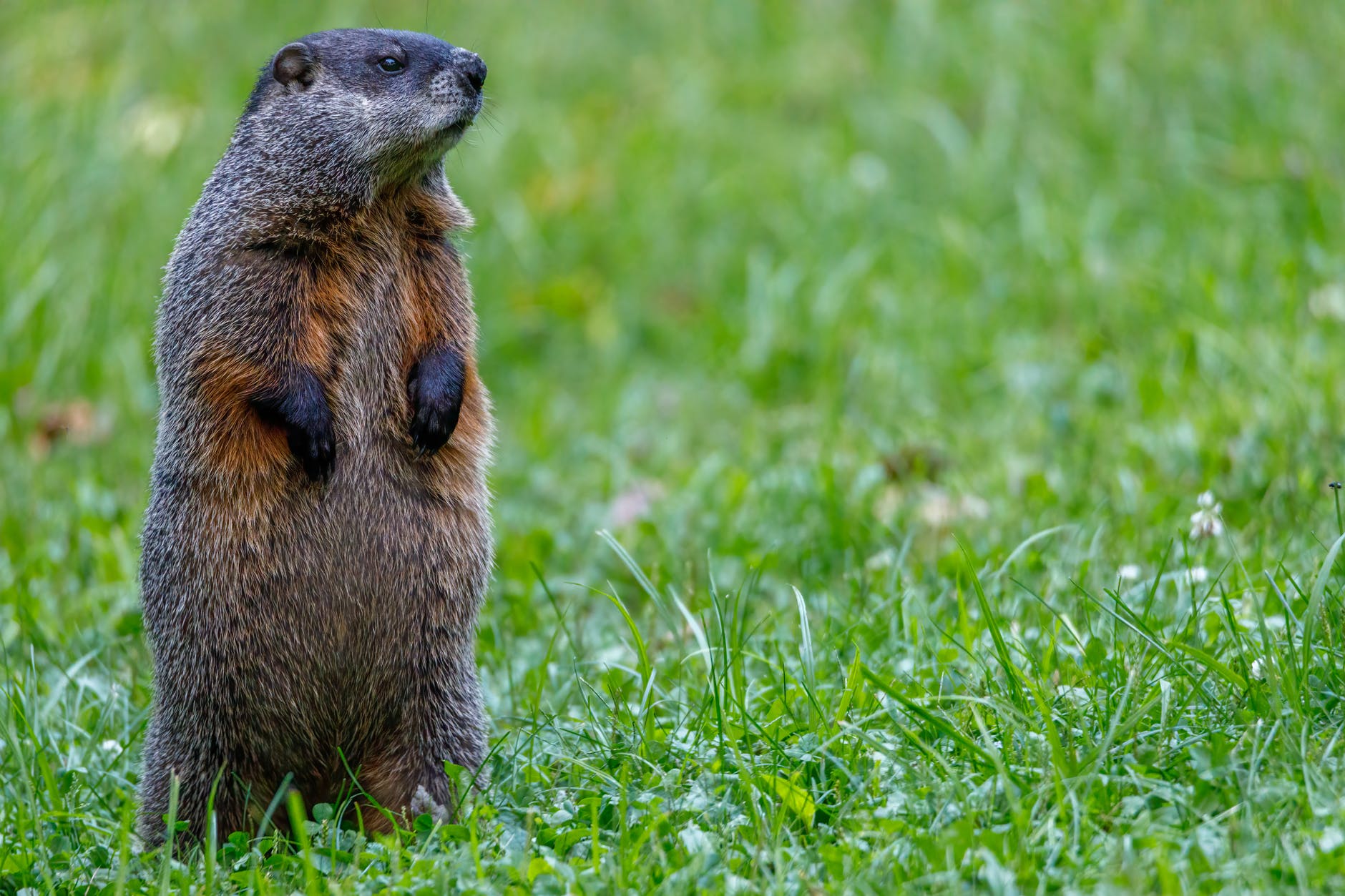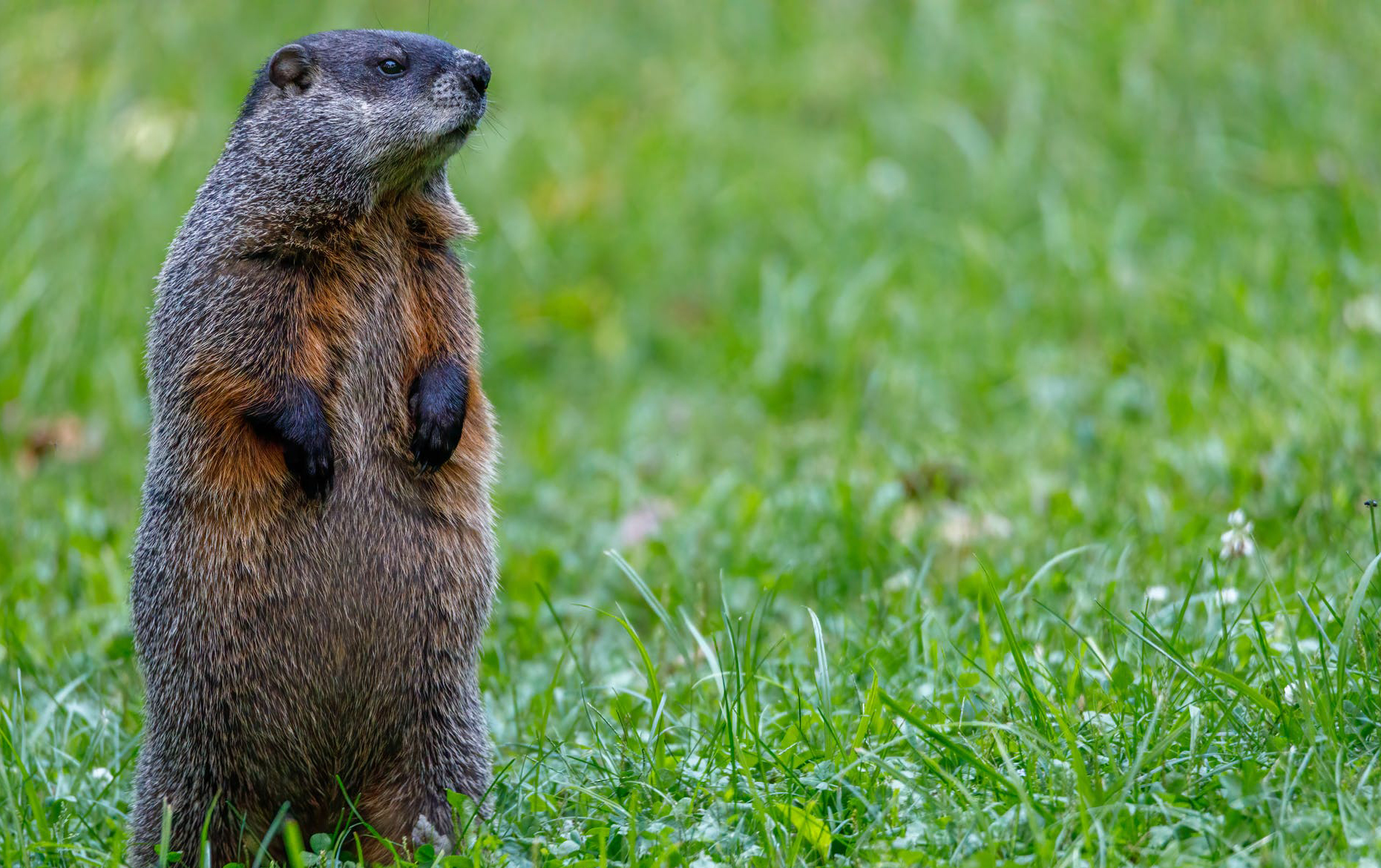By Michael Leach

Gardeners apparently weren’t consulted when groundhogs were chosen as prognosticators of winter’s duration. At least not this gardener.
Personal experience with these creatures is all negative. From chewing up the floor in the old tool barn (woodchuck is a well earned common name), to wrecking havoc amongst the vegetables, this member of the rodent family is unwelcome in my yard. It doesn’t help that the Encyclopedia Britannica defines these pests as one of 14 types of large ground squirrels. Don’t let me get started on squirrels.
Regardless of opinion, there’s a wonderful certainty in Feb. 2. It’s the midpoint between the winter solstice, the longest night of the year, and the spring equinox, when day and night are equal. Days are getting longer, nights shorter.
Soon birds, most of whom are always welcome, will begin singing in the early light, which comes a bit sooner each morning until the longest day on the summer solstice in June.
While several animals were associated with Feb. 2 by ancient Europeans, Germans believed the cute hedgehog predicted winter’s end. If it saw its shadow on Feb. 2, a second winter of six weeks lay ahead, clouds meant an early end.
Lacking hedgehogs, German immigrants in the United States used the groundhog. Definitely a choice lacking in cuteness. This is underscored by Hollywood’s inability to turn groundhogs into appealing animated rodents, such as mice and squirrels. Groundhogs are also called marmots, which almost rhymes with varmints — and that pretty well sums up the situation. Annual rodent family damage totals in the millions of dollars. Food is a prime target, but they sometimes ignite house fires after gnawing on wiring.
Despite the negatives, the celebrated ground squirrels have one trait I envy — hibernation. What a brilliant way to avoid seemingly endless Midwest winter. Just pork out on people’s gardens and snooze till green returns.
At least one groundhog, however, suffers a sleep problem. Since 1887 the western Pennsylvania town of Punxsutawney has brightened winter by rousing a groundhog for a long-term weather prediction and an excuse for a festive time.
After such a rude awakening, it’s little wonder the animal’s accuracy is only about 40 percent. Without my first sip of morning coffee, I’m exceedingly fortunate to spell my name correctly, much less predict the weather for even the next six hours.

